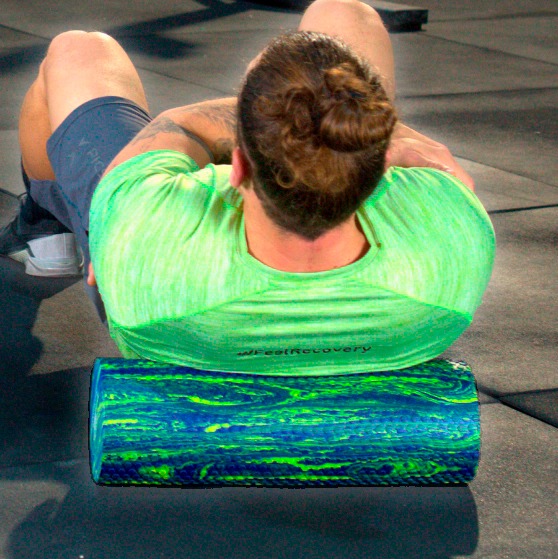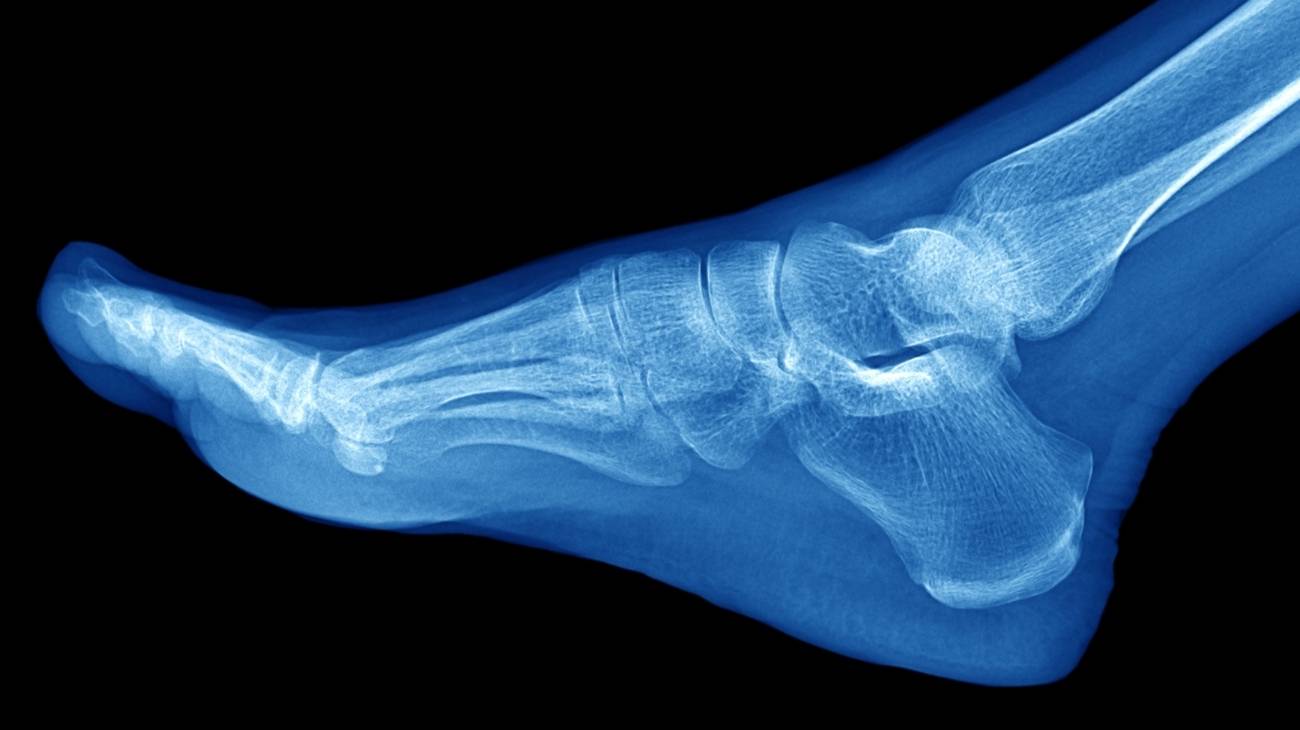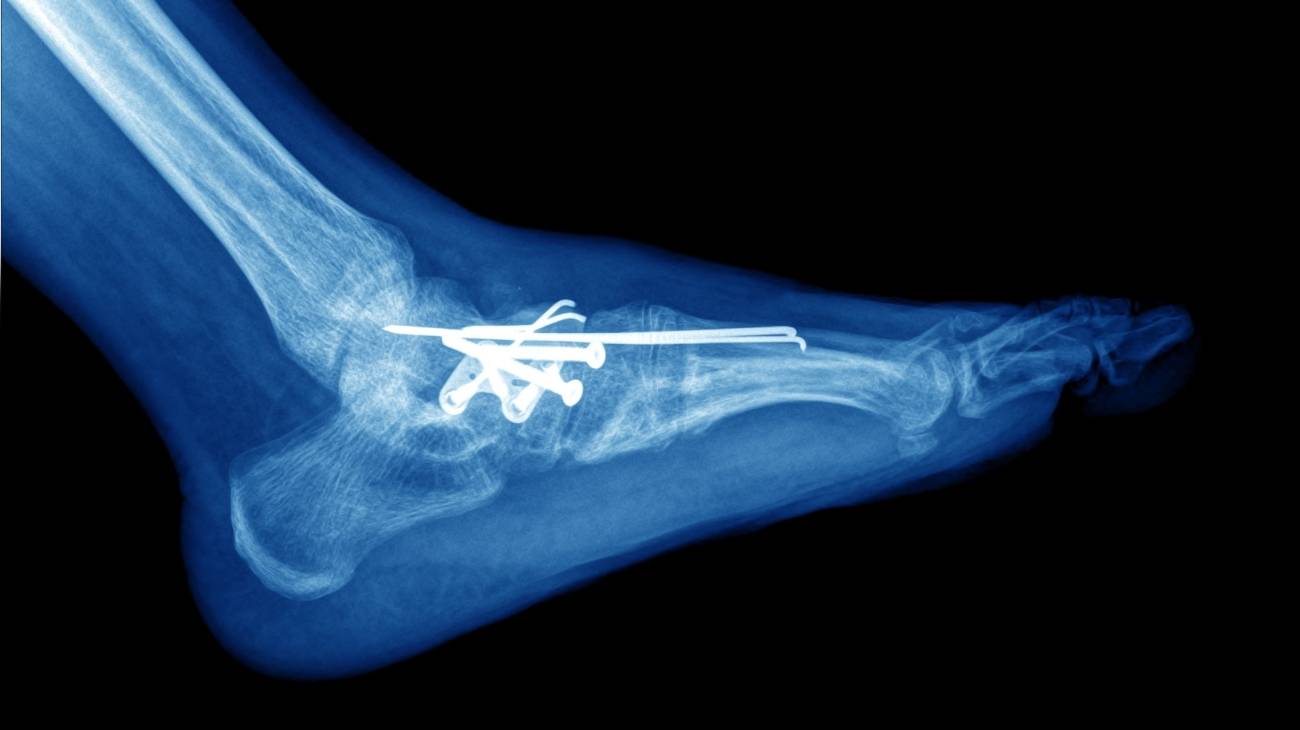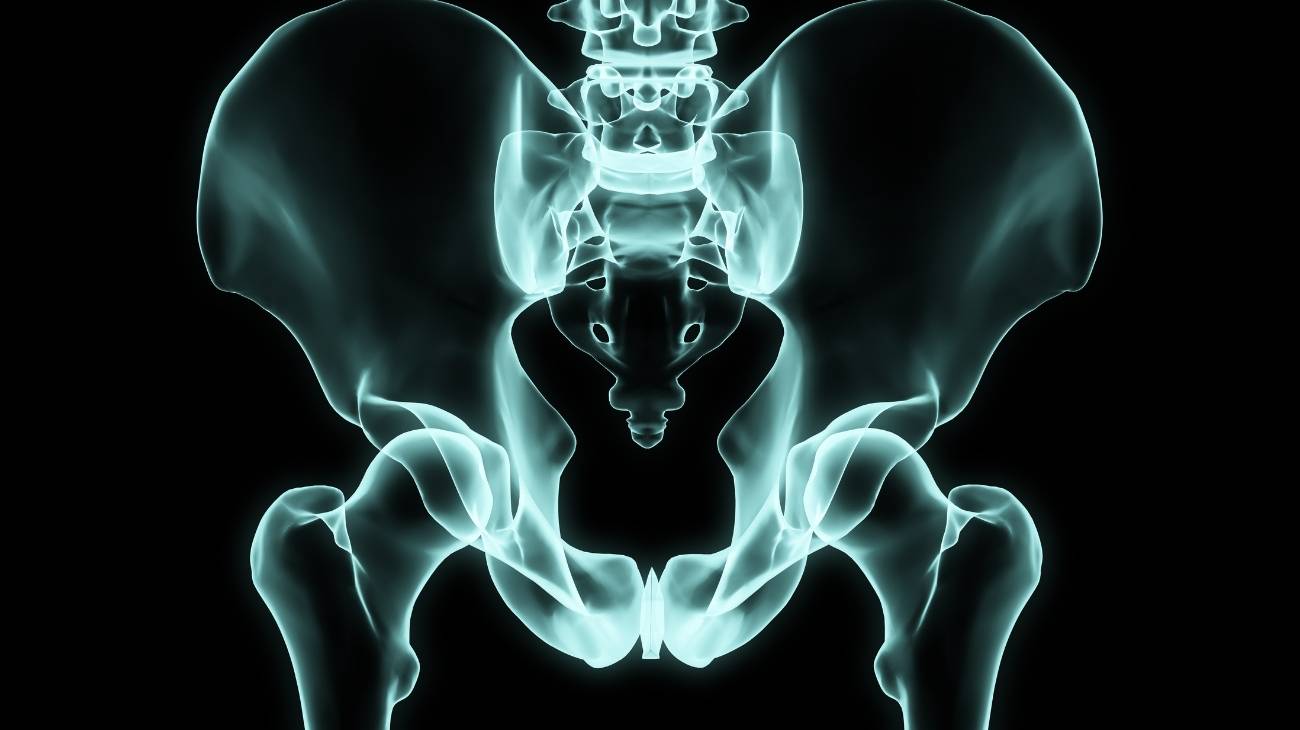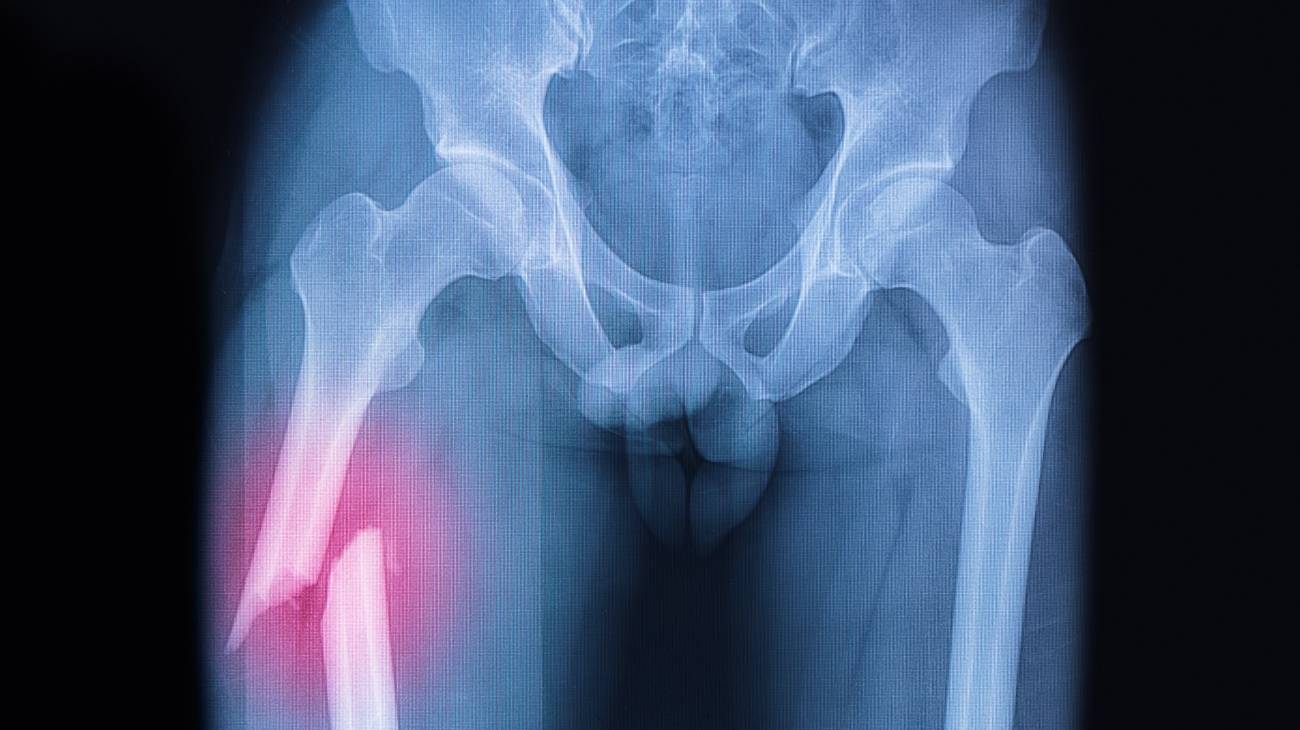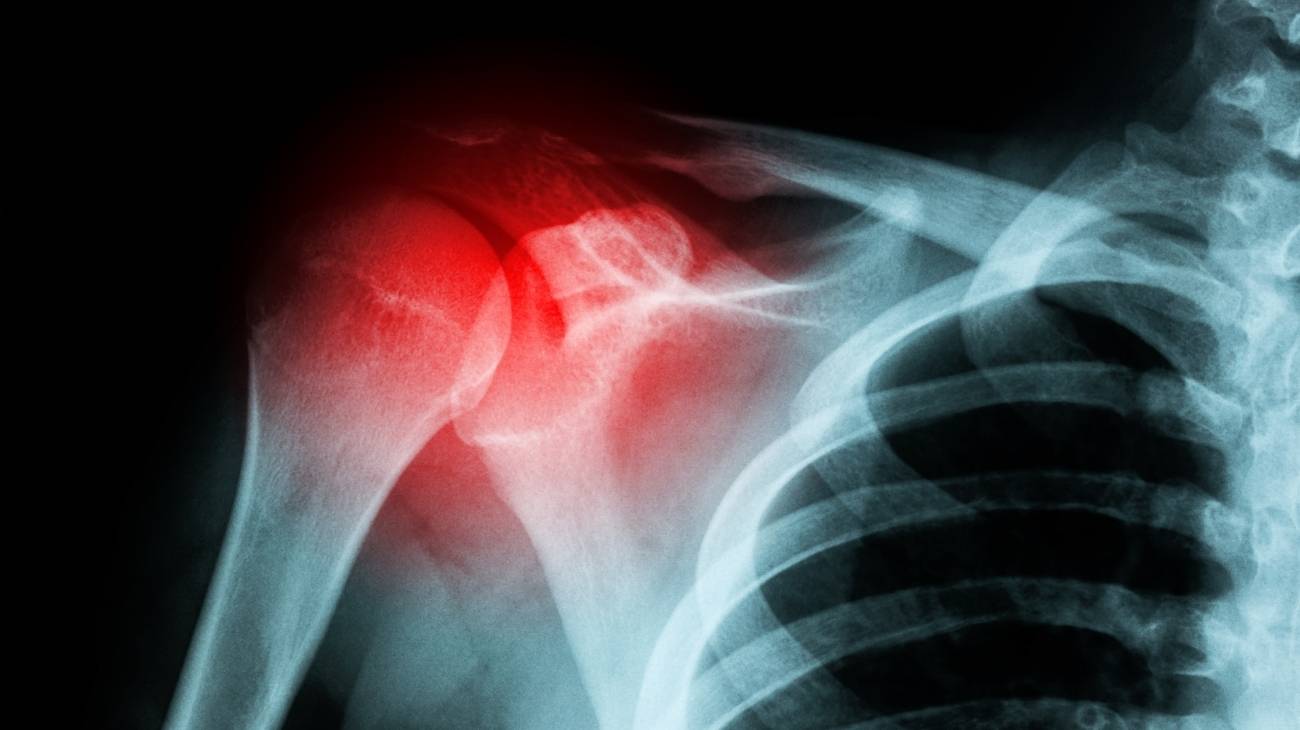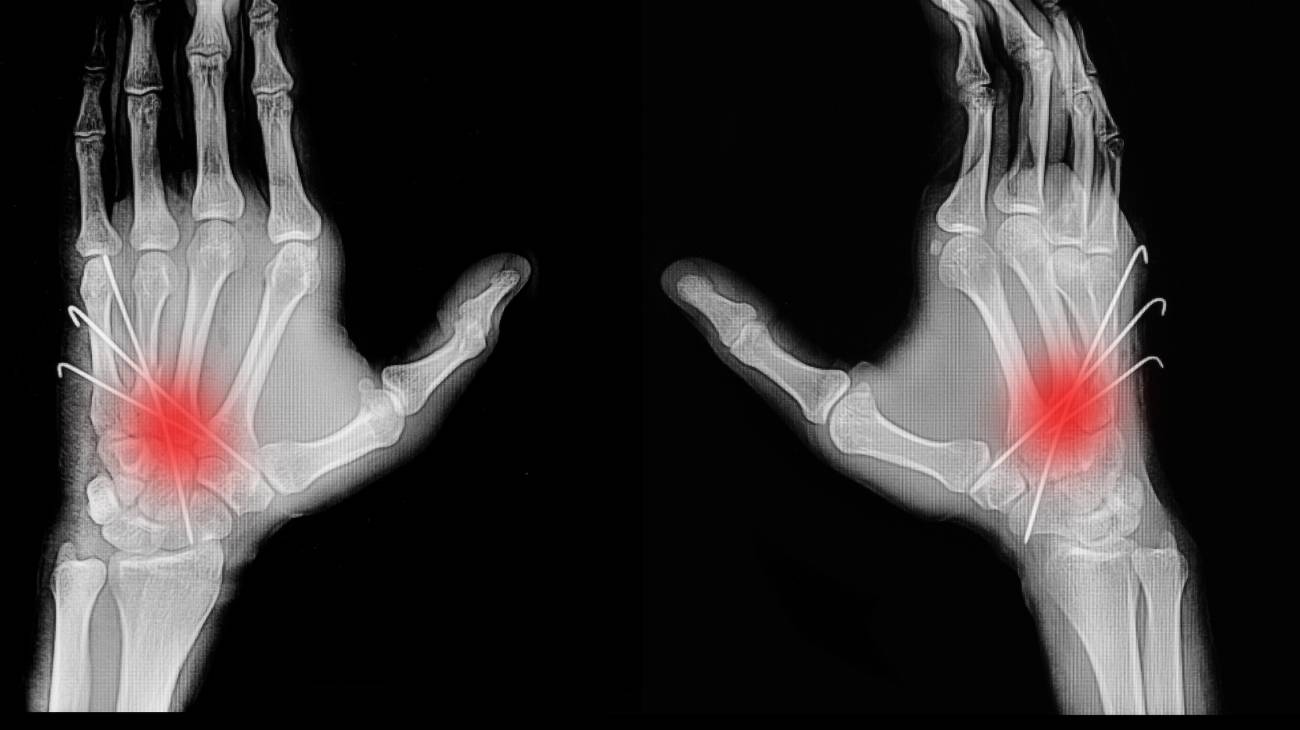Leg bone fractures are common injuries resulting from high-impact accidents, falls, or intense physical activities. These fractures can range from minor stress fractures to severe breaks involving the femur, tibia, or fibula. Symptoms typically include intense pain, swelling, bruising, and difficulty moving the affected leg. Proper recovery tools are vital to managing these symptoms, accelerating healing, and restoring full mobility.
Leg braces are essential for stabilizing the fractured bones during the healing process. These braces ensure proper alignment, prevent unnecessary movement, and reduce the risk of further injury. Modern designs feature adjustable straps and breathable materials, providing optimal support without compromising comfort.
Cold therapy wraps play a critical role in the early stages of recovery. Cold therapy reduces swelling, numbs pain, and minimizes inflammation, making it a go-to solution for immediate relief. Ergonomically designed wraps conform to the leg’s shape, delivering targeted cold compression to the injured area.
As recovery progresses, TENS machines (Transcutaneous Electrical Nerve Stimulation) are invaluable for managing pain and stimulating muscle recovery. These devices use low-voltage electrical impulses to block pain signals, improve circulation, and strengthen muscles, ensuring faster recovery from leg fractures.
Heat therapy becomes beneficial in the later stages of healing. Applying heat to the affected area increases blood circulation, relaxes tense muscles, and enhances flexibility in the leg joints. Heat therapy is particularly effective when used before stretching or strengthening exercises, preparing the leg for greater mobility.
Rehabilitation exercises are crucial for rebuilding strength and restoring function after a leg fracture. Resistance bands are excellent tools for gradual strength training, allowing you to rebuild muscle mass and improve joint stability. These bands offer a controlled and adjustable level of resistance, helping to prevent re-injury during rehabilitation.
Combining these recovery methods creates a comprehensive approach to healing. Using leg braces for stability, cold therapy wraps for inflammation, TENS therapy for pain management, and resistance bands for strengthening ensures a holistic recovery plan that addresses all aspects of healing.
Feel Recovery offers a wide range of products designed specifically for leg bone fracture recovery. From pain relief solutions to advanced rehabilitation tools, our selection is tailored to help you regain mobility, strength, and confidence quickly and effectively.
FAQ: Frequently Asked Questions
What are the best tools for recovering from leg bone fractures?
Leg braces, cold therapy wraps, and TENS machines are essential for stabilizing the bones, managing pain, and reducing inflammation. Resistance bands are ideal for restoring strength and mobility during rehabilitation.
How do I choose the right leg brace for my recovery?
Select a brace that matches the location and severity of your fracture. Look for adjustable designs and breathable materials to ensure proper support and comfort.
Can these products prevent complications during recovery?
Yes, using tools like leg braces for stabilization and cold wraps for inflammation control can prevent complications such as swelling or delayed healing. Regular use promotes effective recovery.
Are these recovery tools safe for individuals with sensitive skin?
Most recovery products are made with hypoallergenic materials, making them safe for sensitive skin. Always check the product specifications for detailed material information.
How can I maintain my recovery tools for long-term use?
Hand-wash braces and cold wraps with mild soap and water. Clean TENS machine pads gently after each use. Proper care extends the durability and effectiveness of your recovery tools.




